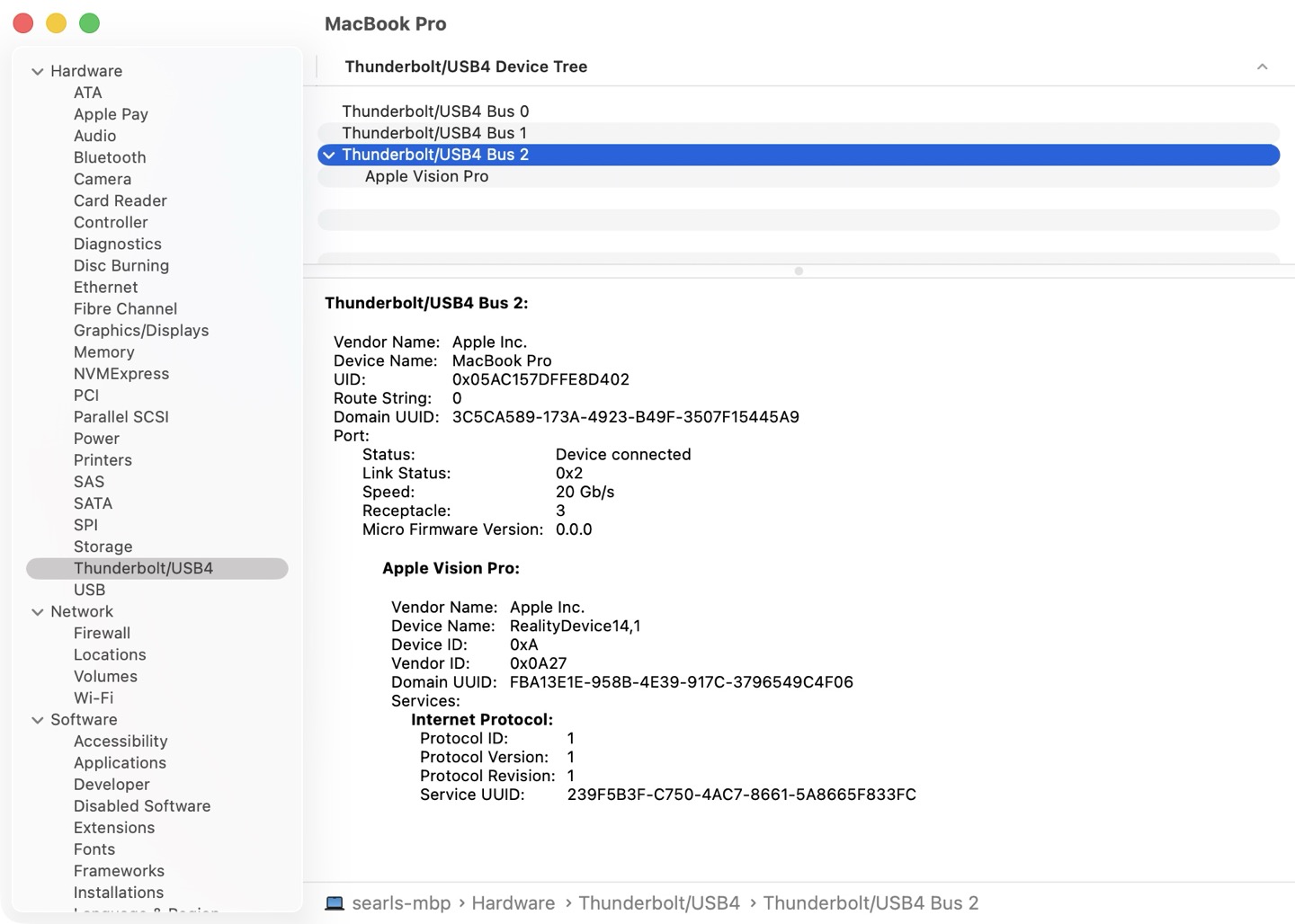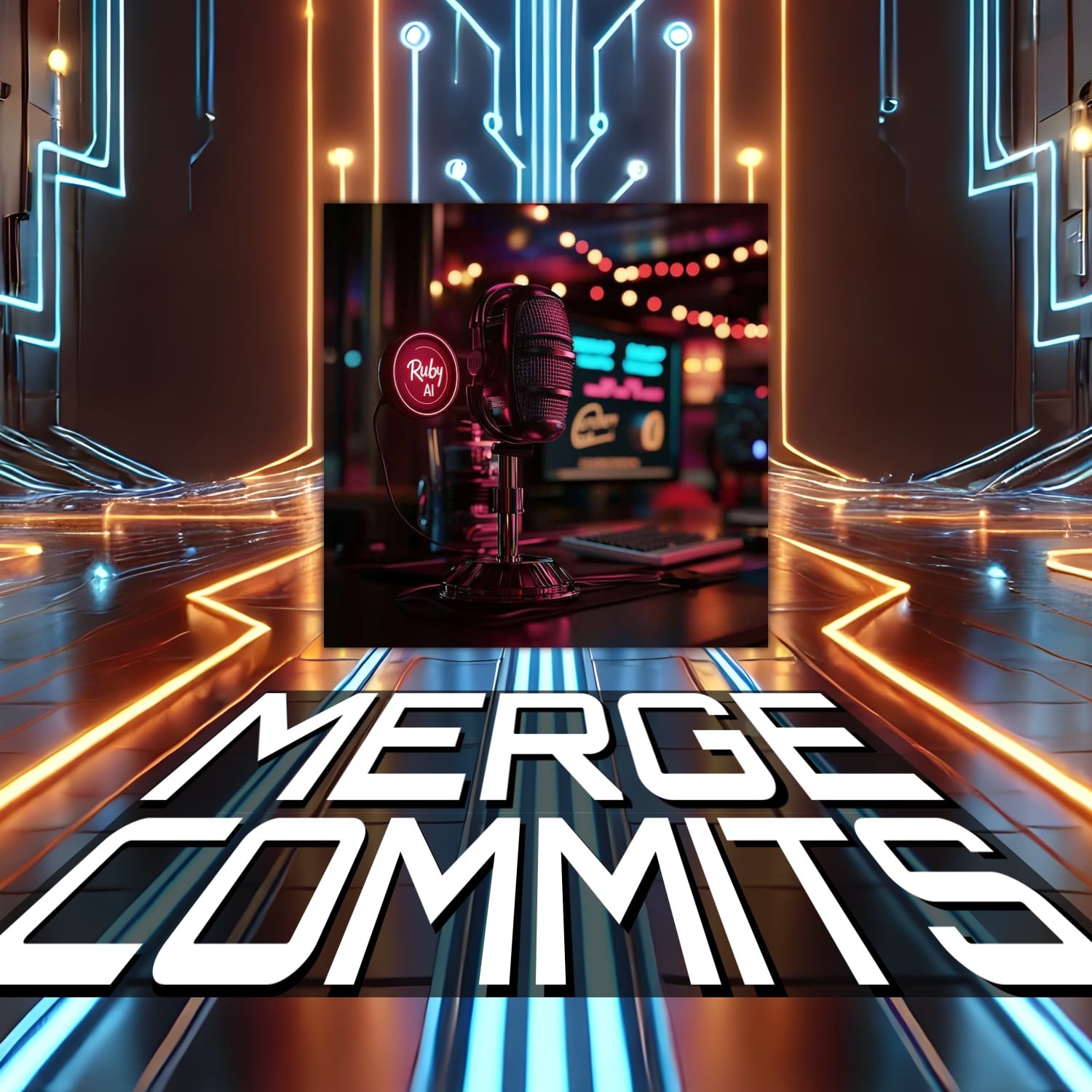The Generative Creativity Spectrum
This is a copy of the Searls of Wisdom newsletter
delivered to subscribers on October 18, 2025.
It's me, your friend Justin, coming at you with my takes on September, which are arriving so late in October that I'm already thinking about November. To keep things simple, I'll just try to focus on the present moment for once.
Below is what I apparently put out this month. I'm sure I did other shit too, but none of it had permalinks:
By the way, if you've heard things that make you wonder why anyone would want the iPhone Air (e.g., it looks fragile, it's slower, it only has one camera, it gets worse battery life), this picture was all I needed to stop caring about any of that:

I lift weights, so I know I am literally capable of holding a half-pound phone all day, but I personally just couldn't abide the heft of the iPhone 17 Pro. Carrying it feels like a chore.
To be honest, over the last month I mostly stuck to my knitting and kept my head down trying to get POSSE Party over the line. The experience has been a textbook case of how a piece of software can be 100% "done" and "working" when designed for one's own personal use, but the minute you decide to invite other people to use it, the number of edge cases it needs to cover increases tenfold. Not enjoying it.
Another reason this newsletter is arriving late is that for two days I completely lost myself in OpenAI's video-generation app, Sora. It's very impressive and terrifying! I posted some examples of my "work", much to the confusion of both my hairstylist and Whatever God You Pray To. I also wrote some thoughts on what tools like Sora might mean for the future of visual storytelling, if you're interested.
Interestingly, Sora is designed as a social media app. Its obvious resemblance to Instagram and TikTok is striking. As someone who banished social networking apps from my devices years ago, I (and my wife/accountability partner) was immediately concerned that I was so sucked in by it. But where those platforms addict users into endless passive consumption of content and advertising, Sora's "SlopTok" feed couldn't be less interesting. After you sign up, create your avatar, and follow your friends, it's all about creating your own videos. There is functionally no reason for anyone to visit their feed. Whatever appeal other people's videos might have is dwarfed by the revolutionary creative potential of typing a sentence and seeing your blockbuster movie idea come to life, with you and your friends playing the starring roles.
I guess that explains why I spent so much time thinking about AI and its relationship to creative expression this month. I manually typed that just now, by the way. And an hour ago, I was waffling over whether to manually or generatively(?) fix a bug on my blog. And now I'm typing this sentence right after command-tabbing back into my editor because the realization that everybody is always in the "starring role" on Sora gave me the idea to generate a series of videos where my avatar merely lurks in the background. It is creepy as hell and fantastic.
That distracted impulse to go make a 10-second movie mid-paragraph raises a question: why do I so thoughtlessly reach for AI to generate videos, but agonize over whether to use it to write code? And what does it say that I categorically refuse to let LLMs write these essays?
Greetings, because that is today's topic.
Add creativity to the long list of things I've had to fundamentally rethink since the introduction of generative AI. Up until that singular moment when Stable Diffusion and GitHub Copilot and ChatGPT transformed how people create images, code, and prose, I held a rather unsophisticated view of what it meant to be creative. If you'd asked me in 2021 to distill the nature of creativity, I would have given you a boolean matrix of medium vs. intent. I'd probably hammer out three bullets like these:
But wait, there's more…





